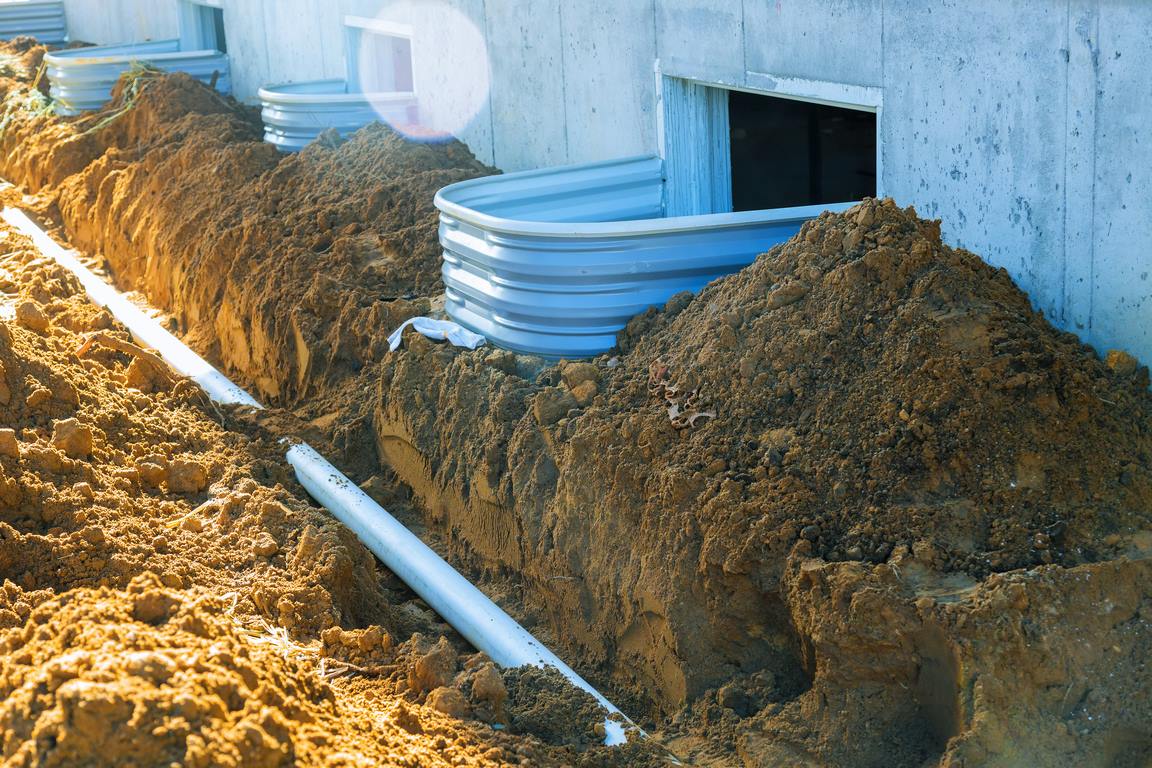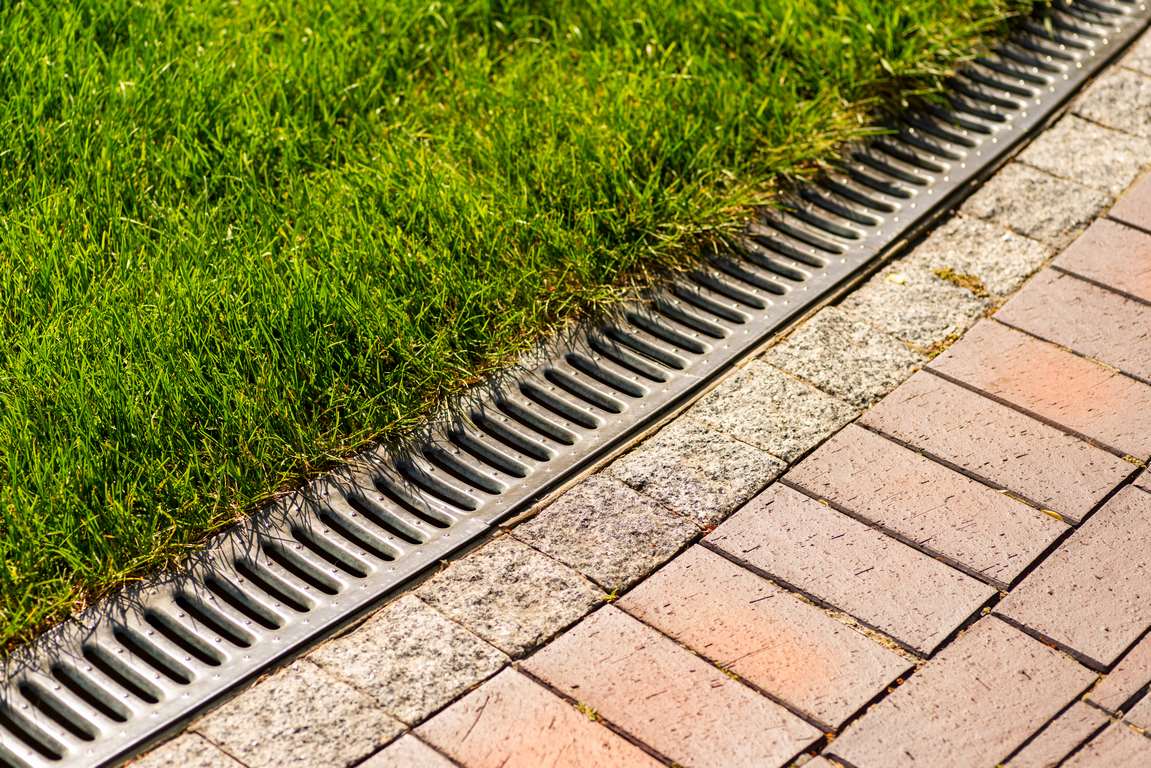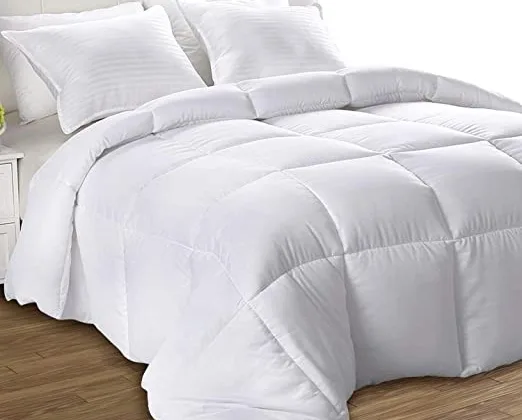Having a poor drainage system in your home not only causes problems but can damage your home as well.
Having a poor drainage system can lead to the smell of sewage, clogged toilets, and backed up water. Having an efficient drainage system, although typically overlooked, is essential to your house.
Whether it’s for lawn maintenance or irrigation, the right drainage system will remove water from your property effectively and efficiently.

Building an efficient drainage system is a task that’s easier said than done. Unless you’re a plumber, you may not have a clue as to where to start, what you need, or if you should use 160mm or 110mm pipes.
Today we’ll take you to step by step and show you how you can build an efficient drainage system for your home in 4 easy steps.
4 Steps to Build an Efficient Drainage System on Your Property
Read Also:
- When Is the Correct Time to Go for a Pipe Relining Service?
- The Advantages of Getting Drains Cleaned and Unblocked
- How to Purchase the Best Drainage Pipes for Your Project
- How Do I Fix Damp or Wet Corners in My Basement?
- 4 Tips on Maintaining Your Floor Drain Like a Pro
- 5 Really Easy Ways to Clean Your Blocked Drain
Designing Your Drainage System
The first thing you need to do when wanting to build an efficient drainage system is to brainstorm and put together a design for your drainage system.
If you’re having a problem with backed-up water, you need to figure out how you’re going to get the water to go from point A to point B.
If you have excess water around your property and it’s not from rainfall, you might not have a drainage problem at all, you might have a broken pipe in your system, meaning the water has nowhere to go.
Knowing the source of your water problems will help you design an effective drainage system for your house.
Make Sure Your Drainage System Will Self-Clean
Having a clogged pipe or drain is no fun. You should take every precaution necessary to keep your pipes from getting clogged. One of the precautions you can take is making sure your pipe is the correct diameter for the job.
Having a smaller diameter means the pipe will have a greater depth causing the water to rush by removing any solids that might be stuck in the process, therefore allowing your system to self-clean.
Besides the pipe diameter, you should always keep the water flow ration in mind. The liquid and air ration should be 65:35. This means that when the pipe is at 65% capacity, the other 35% should be air, helping to clean out the pipe in the process.
Sketching Out a Rough Draft of the Design
Once you design your drain, you should sketch out a rough draft of your layout. This will help you see how much money, time, and materials you’ll need to put into your project.
While you’re sketching your drain, make sure to keep in mind the different styles of drains. You could install a trench, drainage pipe, or an open ditch among other types of drains. Drainage Pipes are also a good option that help to solve your drainage system leakage.
Make sure you look into every type and take note of the pros and cons that each one has.
Another thing that’ll help is making sure you stay within any local rules or regulations your city might have. Remember to always check for utility lines before you start digging!
Choosing the Right Pipe Material
The materials you use for your drainage system should be of the best quality available. I’m a firm believer in “you get what you pay for” and while it might seem tempting to save a couple of extra bucks, remember that this is an investment you’re making on your property.
Choosing lower quality materials can bring you bigger problems in the future and make you do double the work. Although easily overlooked, drainage plays a crucial part in your home, so make sure you have the right quality of materials and the right size.
Putting in a pipe that’s too big is not only a waste of money and space but also a waste of time and hard work, and putting in a pipe that’s too small might not let water drain out properly and can cause a clogged pipe later in the future.
Conclusion
Drainage problems can be a money pit and cause structural damage if not addressed right away. That’s why if you see you have a drainage problem on your property, you should try to get it fixed as soon as possible before any damages start to occur with your home or the ground around it.
Water damage is harder to fix the longer it’s exposed to the water. Following these 4 easy steps will make sure the water problem you have will go down the drain! Are you ready to start your new drain project?










